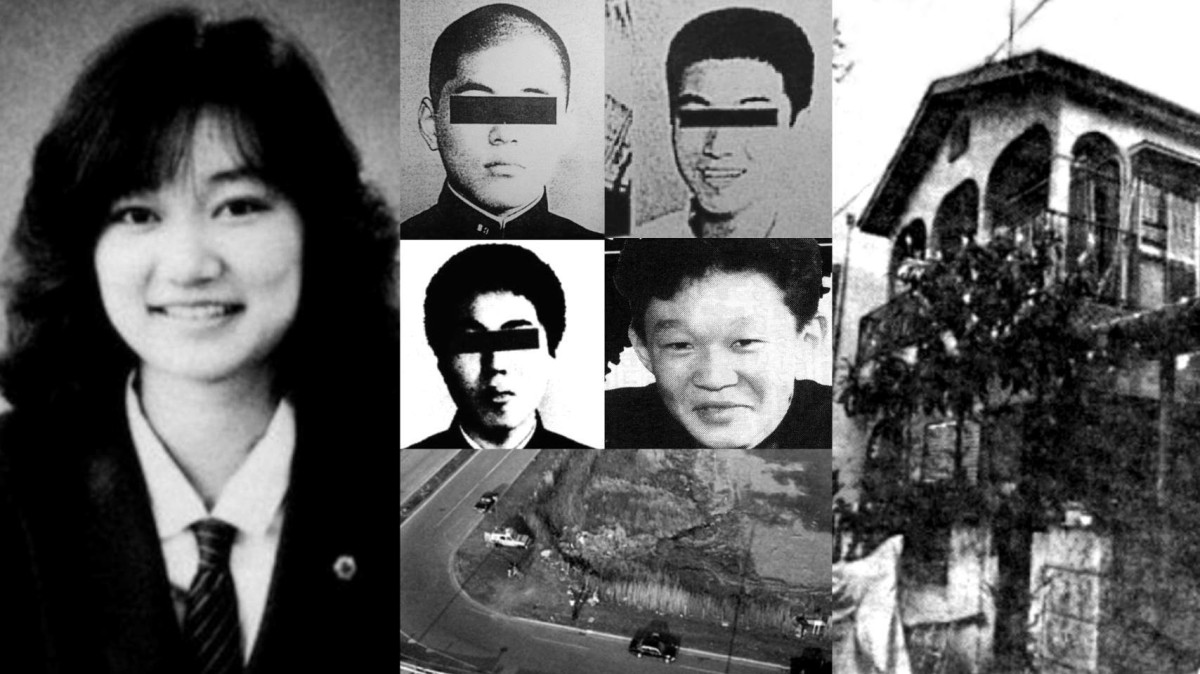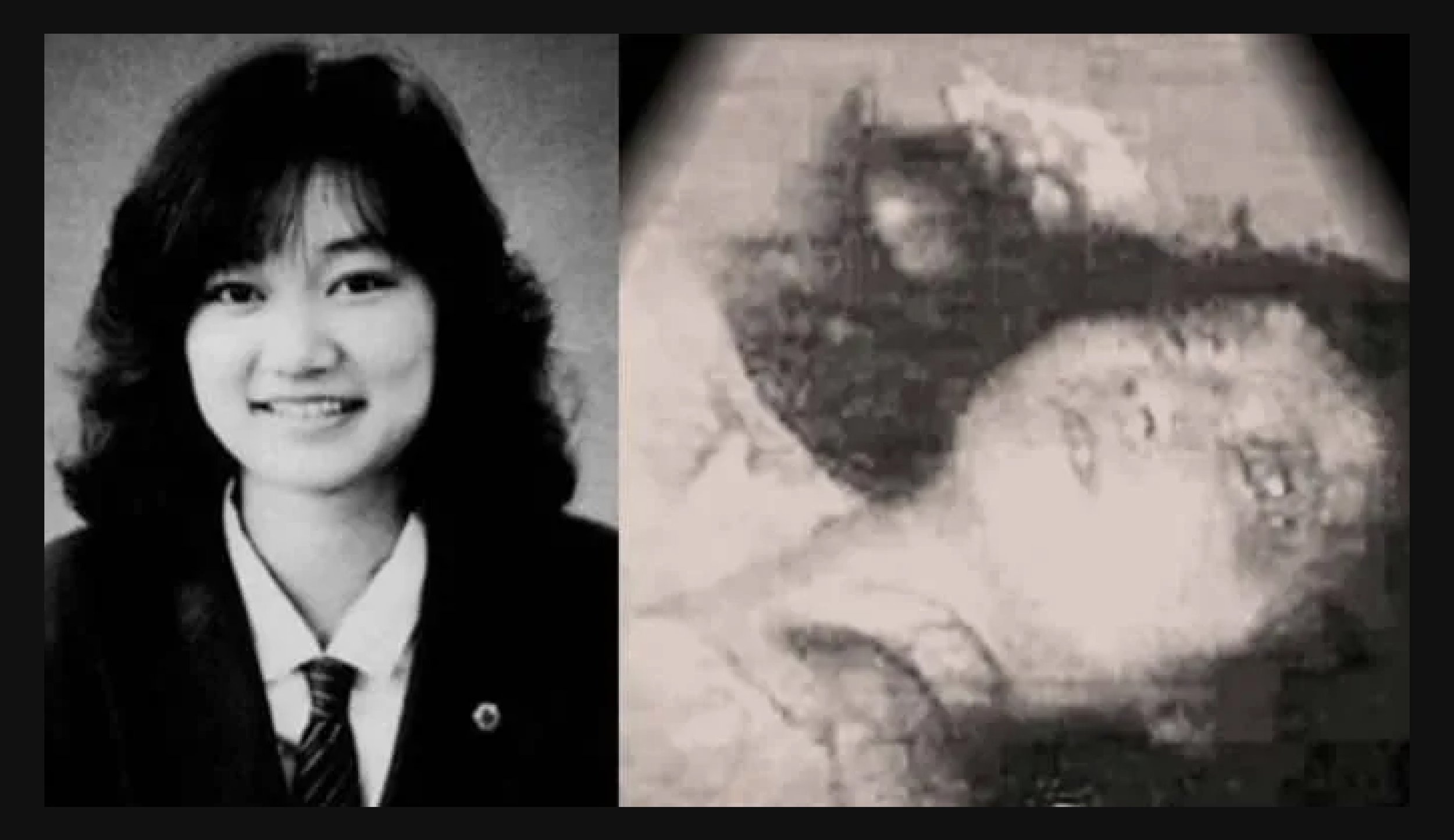Is there a limit to human cruelty? The story of Junko Furuta is a stark testament to the horrifying depths of depravity that some individuals are capable of, a chilling reminder that darkness can reside even in the most ordinary of places.
This subreddit is dedicated to Junko Furuta, a name that has become synonymous with unimaginable suffering. Her story is not one for the faint of heart; it is a brutal and horrific account of a young life stolen in the most gruesome manner. Many who have encountered the details of her case express a deep reluctance to revisit them, wishing instead that Junko might finally find peace. Yet, her story persists, a haunting reminder of the importance of vigilance, justice, and the profound consequences of unchecked evil.
| Category | Details |
|---|---|
| Name | Junko Furuta |
| Date of Birth | January 18, 1971 |
| Place of Birth | Misato, Saitama Prefecture, Japan |
| Date of Death | January 4, 1989 |
| Age at Death | 17 |
| Cause of Death | Result of prolonged torture and abuse |
| Residence | Misato, Saitama Prefecture, Japan |
| Family | Parents, older brother, younger brother |
| Education | High School Student (less than 5 months from graduating) |
| Case Notoriety | Victim of one of Japan's most shocking and tragic criminal incidents, known worldwide for its brutality. |
| Legal Outcome (perpetrators) | Considered as juveniles; sentences widely viewed as lenient, leading to public outcry. |
| Cultural Impact | The case has inspired films and manga, reflecting its deep and disturbing impact on society. |
| Reference | Wikipedia - Junko Furuta Murder |
The events that transpired during the last 40 days of Junko Furuta's life are almost too terrible to contemplate. She endured unimaginable torment, a period of hell that culminated in her death on January 4, 1989. The sheer brutality of the crime has left an indelible scar on the collective consciousness, not only in Japan but around the world.
- Kannada Movie Guide Streaming Piracy Sites More 2024
- Movierulz Kannada Movies Find Latest Updates Reviews Year
The details of the case are readily available, though deeply disturbing. It began with her abduction and subsequent imprisonment in a house where she was subjected to relentless abuse. What makes the case even more horrifying is the number of people who were aware of Junko's captivity estimated to be around 100 yet did nothing to intervene. Some actively participated in the torture, further compounding the tragedy.
The lack of intervention from those who knew about Junkos plight raises profound questions about the bystander effect and the diffusion of responsibility. Why did so many choose to remain silent, to turn a blind eye to the atrocities occurring within their community? The answers are complex, involving fear, apathy, and perhaps a misguided belief that someone else would take action. Whatever the reasons, their inaction contributed to Junko's prolonged suffering and ultimate demise.
It is important to dispel a common misconception: Junko Furuta did not know her murderers prior to her abduction. She was a random victim, targeted for reasons that defy comprehension. This fact underscores the arbitrary nature of violence and the vulnerability of innocent individuals in the face of predatory behavior.
- Unveiling Personalized Menus Xnxx Insights Is It Safe
- Kannada Movies 2022 Watch Online Explore Blockbusters Now
Adding to the tragedy is the inadequacy of the justice system's response. The perpetrators, tried as juveniles, received sentences that were widely considered lenient, sparking public outrage and fueling debates about the effectiveness of the juvenile justice system. An article in Shukan Shincho, published on September 6, 2018, characterized the subsequent arrests of the convicted killers as a "defeat of the juvenile law," highlighting the perceived failure to deliver appropriate punishment for their heinous crimes.
The original house where Junko was held captive has since been torn down and rebuilt. However, the adjacent houses remain, serving as silent witnesses to the horrors that unfolded within their midst. Even more unsettling is the continued presence of the telephone pole that the perpetrators used to access the second floor of the house, bypassing the front entrance. It stands as a grim reminder of the calculated and methodical nature of their crimes.
Junko Furuta was just months away from graduating high school when her life was brutally cut short. She was on her way home when she was abducted, her dreams and aspirations extinguished in the most horrific manner imaginable. The loss of her potential, the future that was stolen from her, adds another layer of tragedy to an already devastating story.
The Junko Furuta murder case is not just a tale of human cruelty; it is also a stark illustration of the potential neurological impact of extreme and prolonged trauma. While it is impossible to directly examine Junko's brain, her case provides a framework for understanding how severe abuse can alter the structure and function of the brain. The psychological scars left by such trauma can be just as devastating as the physical ones, leaving lasting damage that can affect every aspect of a person's life.
The case has inspired several films and a manga illustrated by Kamata Youji. One notable film, "Concrete," directed by Katsuya Matsumura and starring Yujin Kitagawa, attempts to portray the events surrounding Junko's murder. While these media representations may offer a glimpse into the horrors she endured, they can never fully capture the depth and complexity of her suffering.
Junko Furuta was born on January 18, 1971, and grew up in Misato, Saitama Prefecture. She lived with her parents, older brother, and younger brother. By all accounts, she was a good girl, a normal teenager with a bright future ahead of her. Her life was tragically cut short by an act of unspeakable violence, leaving a void that can never be filled.
The discovery of Junko's battered body encased in concrete inside a drum in Koto, Tokyo, several days after she went missing, shocked the nation and the world. The image of her remains, a final and brutal act of dehumanization, remains seared into the public memory.
The motive for Junko Furuta's murder remains a subject of speculation. What drove her tormentors to commit such unspeakable acts of cruelty? While some have suggested that it was simply a case of senseless violence, others believe that deeper psychological factors were at play. Whatever the reasons, the fact remains that Junko was the victim of a horrific crime that defies rational explanation.
In Spanish, "La muerte de Junko Furuta" translates to "The death of Junko Furuta." On January 4, 1989, amidst misery and piled-up garbage in her room, Junko Furuta convulsed and died. Only 24 hours later, the four kidnappers, realizing she was dead, wrapped her body and put it in a suitcase, before eventually encasing her in concrete.
The Indian text translates to: "This 17-year-old girl experienced such inhumanity that hearing about it will make your soul tremble. 100 boys committed a lot of atrocities against this one girl." The global resonance of Junko's story speaks to the universal revulsion against such acts of violence and the shared desire for justice and accountability.
The impact of the Junko Furuta case extends beyond the immediate tragedy of her death. It serves as a reminder of the importance of protecting vulnerable individuals, of challenging systemic failures, and of holding perpetrators accountable for their crimes. It also underscores the need for greater awareness of the potential for violence and the importance of intervening when we witness injustice.
Approximately 100 people knew about Junko Furutas (40 day) captivity, but either did nothing about it or themselves participated in the torture and murder. This staggering number highlights the pervasive nature of the abuse and the collective failure to protect a young girl in desperate need of help. It is a chilling indictment of a society that allowed such atrocities to occur unchecked.
The systemic failures in the Junko Furuta case extend beyond the lenient sentences handed down to her tormentors. They also include the lack of effective intervention by those who were aware of her captivity and the failure of the authorities to adequately investigate her disappearance. These failures underscore the need for comprehensive reforms to prevent similar tragedies from occurring in the future.
The challenges of rehabilitation for perpetrators of such heinous crimes are immense. Can individuals who are capable of such brutality ever truly be reintegrated into society? What measures can be taken to ensure that they do not pose a threat to others? These are difficult questions with no easy answers, but they must be addressed if we are to prevent future acts of violence.
The lenient sentences handed down in the Furuta case sparked widespread criticism and calls for reform of the juvenile justice system. Many argued that the perpetrators should have been tried as adults and subjected to harsher penalties. The case highlighted the tension between the desire to rehabilitate young offenders and the need to hold them accountable for their crimes.
The legacy of Junko Furuta's murder continues to resonate today. Her story serves as a cautionary tale, a reminder of the darkness that can exist within humanity. It is a call to action, urging us to be vigilant, to speak out against injustice, and to protect the vulnerable among us. By remembering Junko Furuta, we honor her memory and strive to create a world where such atrocities never happen again.
The teenager was on her way home when she was abducted. This simple fact underscores the randomness and unpredictability of violence. Junko was simply going about her daily life when she was targeted, her life forever altered in an instant. Her story serves as a reminder that anyone can be a victim and that we must all be vigilant in protecting ourselves and others.
Media on the Junko Furuta case continues to circulate, raising awareness of the crime and its impact. While some may argue that revisiting such a horrific story is unnecessary or even harmful, others believe that it is important to keep the memory of Junko Furuta alive and to learn from the mistakes of the past. By confronting the darkness, we can strive to create a better future.
Junko Furuta's torture and murder sparked international outrage. The sheer brutality of the crime and the inadequate response of the justice system shocked people around the world. Her case became a symbol of the need for greater protection of vulnerable individuals and for more effective prosecution of violent crimes.
It will shock you what little retribution was handed out for their brutal slaying of Junko. The leniency of the sentences remains a source of anger and frustration for many. It raises questions about the value of justice and the ability of the legal system to adequately punish those who commit heinous crimes.
The original poster of the content expressed horror after watching a video about Junko Furuta, not only because of what she endured, but also because of the complicit parents, the risible prison sentences, and the mother of one of her murderers defacing her grave because she had 'ruined' her son's life. These details highlight the complex and often disturbing dynamics surrounding the case.
In conclusion, the story of Junko Furuta is a dark and disturbing chapter in human history. It is a reminder of the depths of depravity to which some individuals can sink and the importance of vigilance, justice, and compassion. By remembering Junko Furuta, we honor her memory and strive to create a world where such tragedies never happen again.

.jpg?format=2500w)
